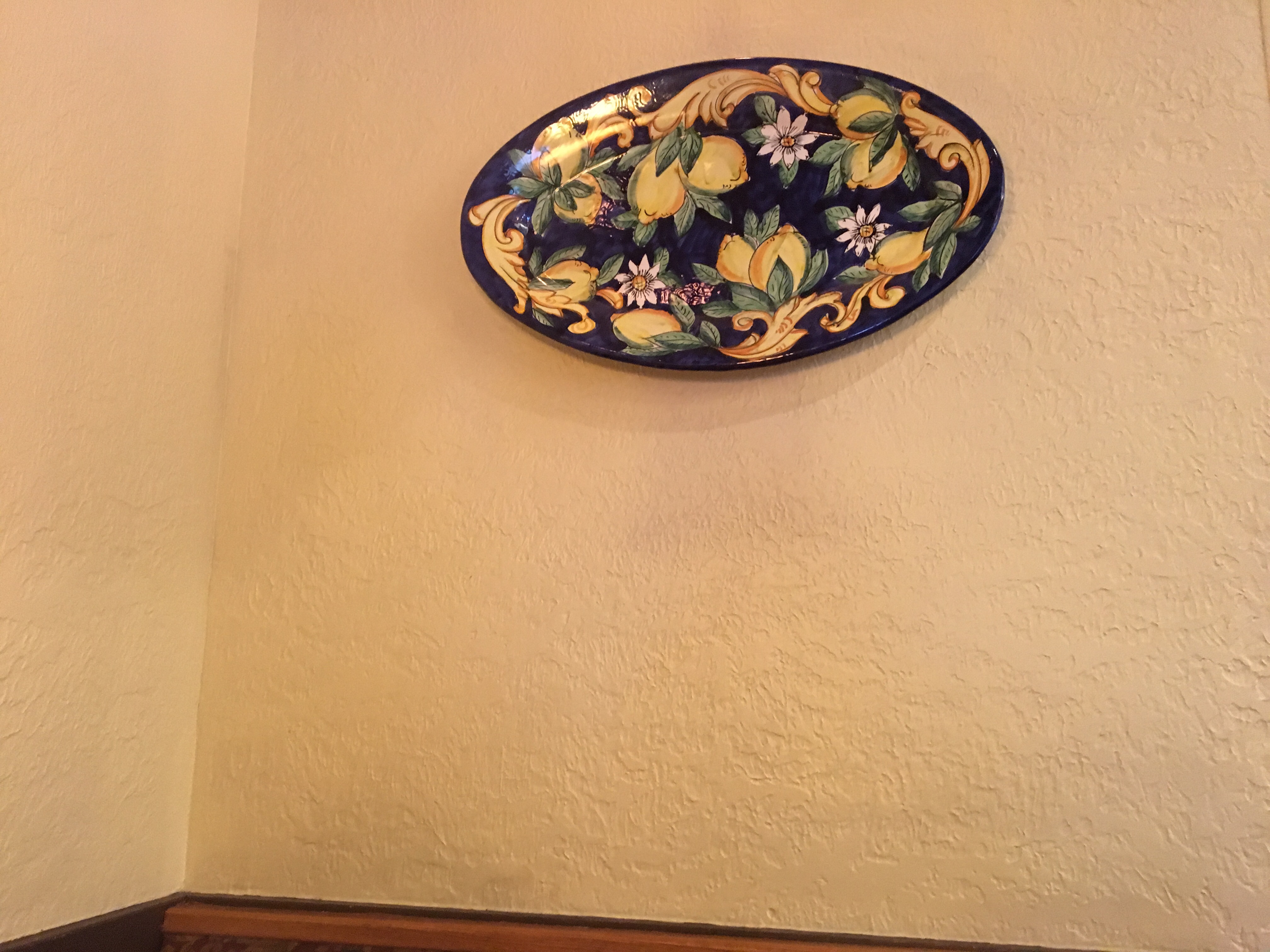
How democratic is art? John Berger wrote an interesting volume on that idea, Ways of Seeing, and I highly recommend it. It’s a short read, and there are a lot of pictures to look at, and nowadays those are some of my chief criteria for a book worth reading. He maintains in his book that art is always political and economic.
Berger wants to go all the way with his theory and I’m not sure I’m quite ready for that. He basically lays bare the purpose of art: it’s to store and display wealth. This is clear if you look at the market for artworks; if something is auctioned off for a ridiculous price, it’s not because the new owner expects to find some kind of overwhelming sense of the sublime by staring at the painting gracing his gilded walls. It’s because it’s a storage unit for wealth; it’s a chunk of money in his estate.
Berger points this out, but he also says that since the Renaissance at least (after predominately-religious art turned into something more complicated by new perspectives and purposes) works of art are meant not to share an aesthetic experience but to show off the wealth of the artist’s patron. A commissioned work is simply a way of saying “here’s what I’ve got that you don’t,” because all paintings are one of a kind. The fact that I have to travel to France to date Mona Lisa or crawl through Warren Buffett’s air conditioning vents to gaze upon whatever weird art he squirrels away makes these artworks valuable.
This gets more complicated because now we have photographs, and as Walter Benjamin insisted, we live in an age where things are always reproducible. Computers proved this, ultimately. So if I can see Mona Lisa grimacing on my phone screen while I take a dump, that sort of changes the value of seeing a unique artwork. This makes some rich people mad and the world somewhat more democratic.
Berger essentially says that the idea of art as a classical standard or aesthetic height or some source of true beauty for its own sake is a load of crap. Instead all cabins are simply there to keep the perceived value in these works so their owners don’t lose that value.
As a bonus, art can then exist to help support the upper classes. Not only does it tell us how rich these people are for owning unique artworks but art also reminds us how important and beautiful and right it is that they are rich and are able to commission these portraits of themselves and their dogs. And these nice paintings of paupers and peasants simply help outline how much those moronic poor people managed to drink away their potential and gamble away their chance at riches– a chance, of course, they never had in the first place.
Art then must be undemocratic.
Are these platters on the wall at Olive Garden artworks? Not in the traditional sense, as they are not unique, but presumably mass produced for the purpose of sharing wall space with portraits of purported Italians.
Are they craftworks? Not in the sense that they were handmade or made in any sort of traditional method.
Could they offer any kind of aesthetic experience? Maybe.
Art is not democratic, at least it hasn’t been. Could it become so? I think so. If we can call this blue platter with the weak flowers outlined on it art, it is because it might please some people.
To be democratic, you just have to win the vote of the majority. Fifty percent plus one must say that this is good to make it so.
So, if there are more patrons of the Olive Garden like this platter than those who don’t, let’s call it art.
So I put it to you all– art or not? Let’s make art democratic.
Item 1: linguini
Meat sauce
Fried shrimp
Breadsticks: 0
Weight: 163
Mood: oafish
I think my mom also made a good point in showing the 3 year old, “see the plates we get? They are the plain white ones!”